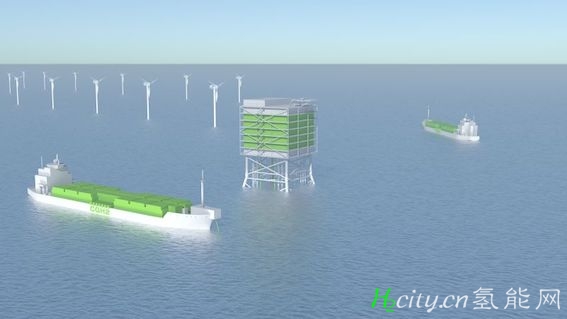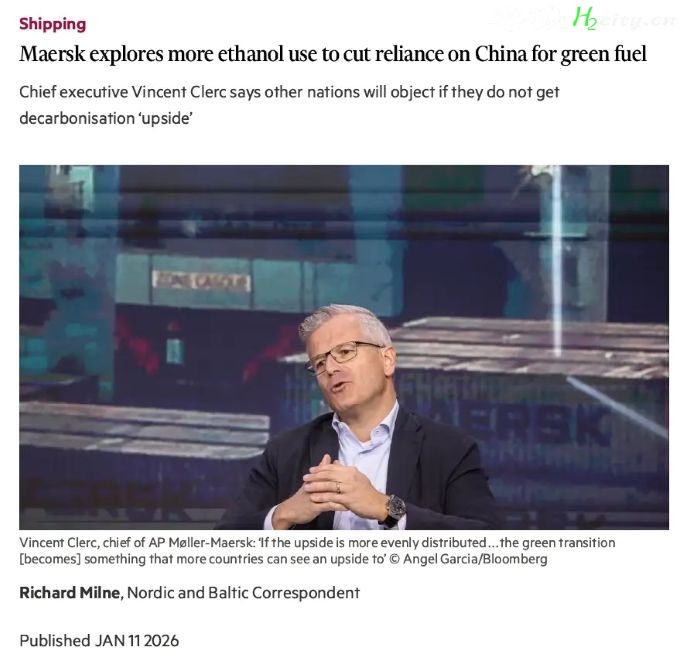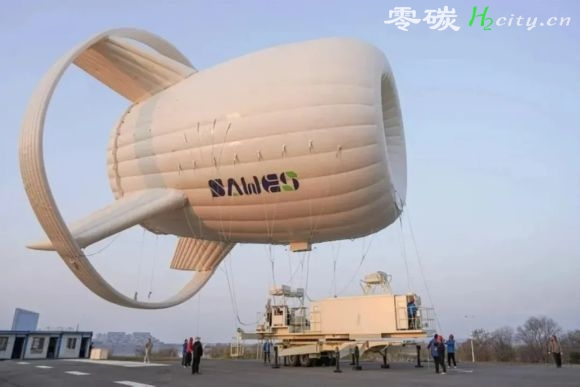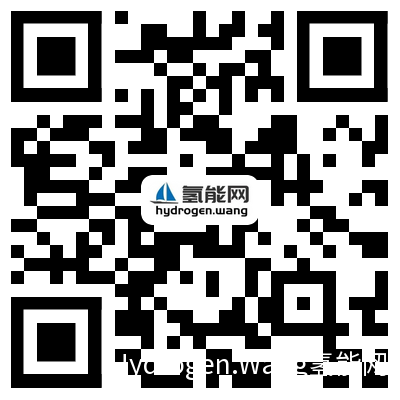‘Offshore PEM electrolysis is technically and economically feasible’
Researchers at the Fraunhofer Institute for Solar Energy Systems ISE, together with project partners, have developed a technical concept and design for a hydrogen production facility optimized for use at sea. Results have shown that it is technically and economically feasible to produce hydrogen directly at sea using a proton exchange membrane (PEM) electrolyzer.
The task of the overall project was to develop a technically and economically optimized design for an integrated offshore hydrogen production plant using PEM electrolysis, including a concept for transporting the compressed gaseous hydrogen onto land. The energy for the electrolysis is supplied by an offshore wind park. The results now obtained can serve as a blueprint and starting point for the development of pilot and large-scale projects and the preparation of the corresponding regulations. Until now, offshore hydrogen generation at the scale envisioned by the project, 500 MW, has not yet been realized. With the concept presented by the consortium, rapid and large-scale implementation has become realistic.
The basis of the concept is an offshore wind park that is directly connected to a 500 MW electrolysis platform. This can produce up to 50,000 tons of green hydrogen per year. The system has a scalable, modular construction that can easily be adapted to different hydrogen production capacities. Fresh water for the PEM electrolyzer is obtained from the desalinization of sea water using the waste heat generated by the electrolysis process. The hydrogen produced is cleaned and dried, compressed up to 500 bar, and loaded onto a transport ship. Up to 400 tons of hydrogen per shipload can be delivered from the offshore platform to land. This concept is independent of hydrogen transport lines and offers flexibility in the choice of location.
平台声明:该文观点仅代表作者本人,零碳未来网 系信息发布平台,我们仅提供信息存储空间服务。








发表评论 取消回复